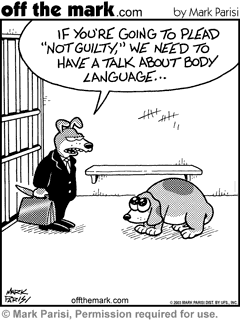
The cartoon I chose depicts people of different ethnicities at an airport arrival gate, waiting to greet incoming passengers. The scene captures cultural diversity in interpersonal communication. There is a worker extending their hand to greet the new arrivals in confusion, another impatiently holding out their card, another with a suitcase confused about her fellow passengers attitude, one worriedly commenting on personal space and another appearing confused with folded hands. This reflects real life scenarios where cultural norms influence how individuals interact. These interactions line up well with the chapter’s focus on cultural diversity, where communication styles significantly vary across different contexts and backgrounds. It emphasizes the importance of cultural awareness and adaptation needed in order to create relationships across cultures.
In school I remember how cultural differences influenced my interactions with friends and teachers. Being of Russian descent, language and culture dictated almost all of my interactions. Some of those interactions resulted in miscommunication due to how large Russia is. Russian language and customs can vary significantly based on region, influencing dialects, slang, and social norms. Which led to intercultural communication challenges. Managing these differences taught me the importance of being open minded when communicating, and maintaining respect across different cultural backgrounds.





